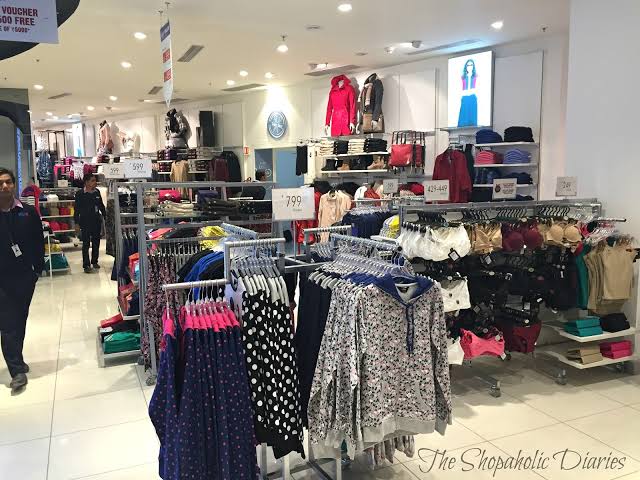Read Time:1 Minute, 56 Second
Since the lockdown was imposed in March 2020 people in general have shown a tendency to opt for comfortable clothing. The growing number of men and women sporting track pants, leggings and other similar comfort wear only prove it. After talking to fashion retailers it has been observed that an increase in sale of loungewear had been witnessed in the past five months.
A shift in demand from formal to casual wear has been noticed. People are starting to prefer loose wear in comparison to tighter body fitting fashion apparel.
“You and I are going to see more baggies,” said Sanjay Jain, chief executive officer (CEO) at PDS Multinational Fashions Ltd.
“The space emptied by formals has been taken over by an increase in demand in athleisure (Nike, JD Sports), denim and loungewear,” said Jain. Athleisure basically means casual comfortable clothing fit for exercise and everyday wear.
The footwear retailer Bata India also has started exploring the casual apparel category. Bata Shoe Organisation global CEO Sandeep Kataria has told the media that the company was testing its training and fitness apparel under the Power brand.“We are seeing the trend being shifted from causal trousers to denim. Before covid, the split was 70% (causal trousers) and 30% (denims), which has reversed post-covid,” Jain said.
T-shirt dresses and polos are also seeing robust demand in Europe and North America. Shirts have dropped by 30-40% in sales across causals and formals, Jain said.
“The revival of formal wear is based on the assumption that the vaccine will have an impact, covid will go away and you and I will go back to office. The trends are encouraging, but a structural shift has taken place. There is a realization that work from home is doable,” Jain said.
“Formal fashion is one of the trends being looked for the next spring summer collection. A couple of retailers are asking us to work on this,” Jain said.
A growth in slow fashion has also been observed.
Jain, however, said that though consumers are getting more conscious about sustainability, affordability is under question. Authentic sustainable raw materials are costlier. Yet, there will be increasing pressure on suppliers and retailers from consumers seeking shopping choices in sustainable products even as their wardrobes get smaller and more comfortable.
By Aishwarya Choudhury


